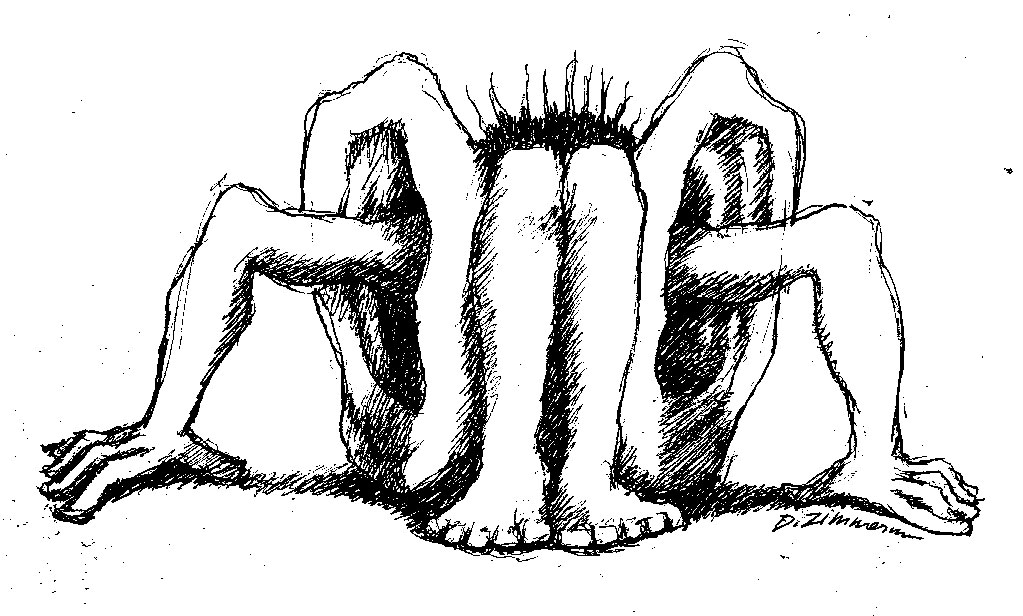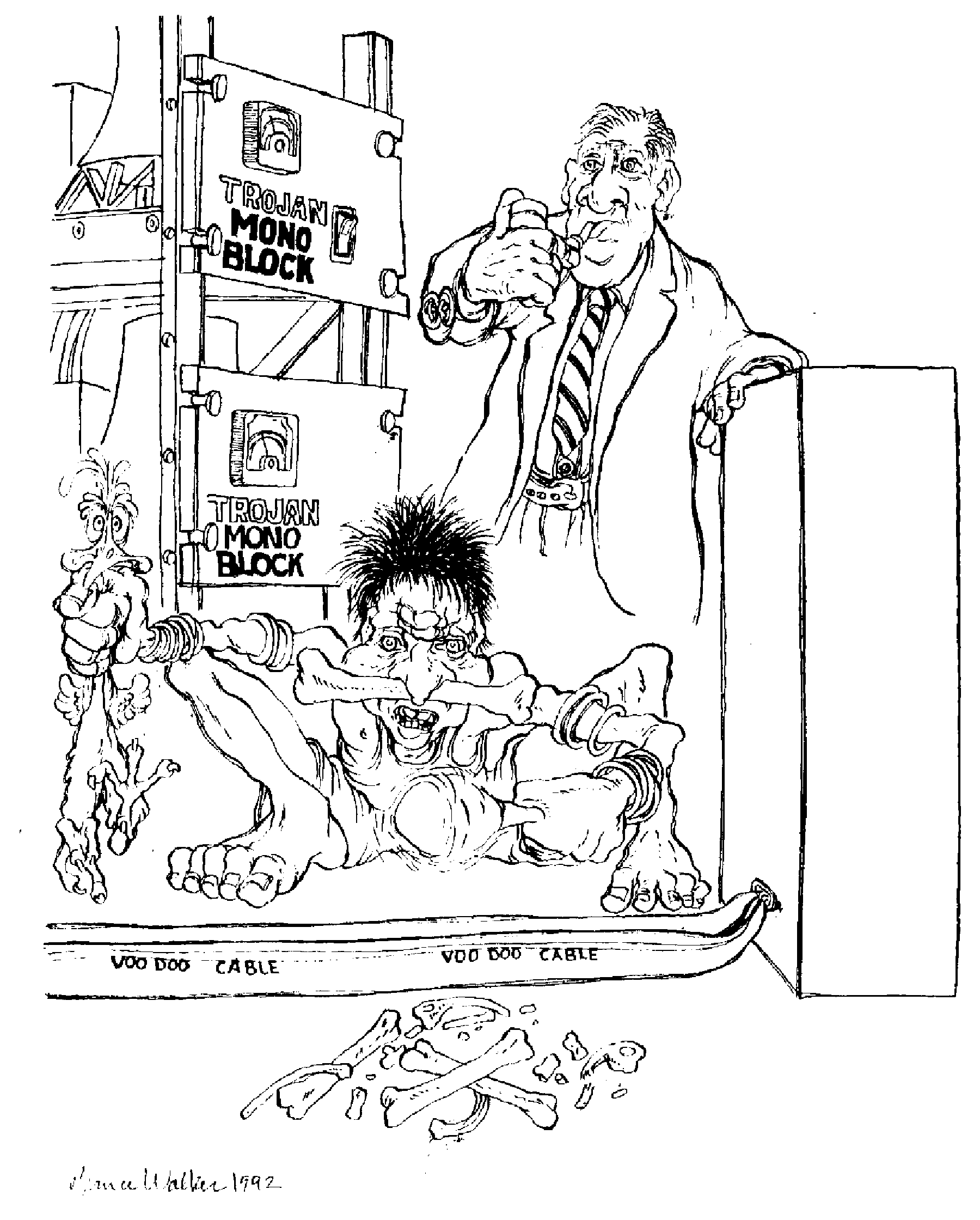Roger Skoff's new article is, hopefully, less ambiguous than its title.
In a recent comment on one of my articles for this publication, a reader named Michael wrote in to say that he was clearly able to hear differences between some kinds of cables (specifically AC power cords and speaker cables ) but not between others (interconnects and digital cables—even including Toslink optical ones). He also commented that "Phono (tonearm) cables and the connectors for phono cables are another story," which might go either way. The important thing about his letter, though, was that in it he asked me to try to explain why it might be that he could hear some differences but not others, and I basically told him that I didn't have a clue.
In fact, there are always differences. As I have written elsewhere, it's impossible—yes, impossible—to do anything at all with any electrical signal of any kind without having an effect on it.
Even just passing a DC signal (which has no frequency, so there are no frequency-related reactance effects) through a single plain, uninsulated wire will have its effect on the signal: Because of resistance (which is always present in any conductor other than a superconductor; see HERE), some of the signal energy will be lost as heat. Depending on the length and material of the wire, that loss may be anywhere from infinitesimal to infinite, but some loss will always occur.
When the wire used is insulated and another wire (or other conductor of any description) is added to complete a circuit, a "cable" is formed and—if the signal is changed from DC to music (which is always AC)—more losses or changes of kinds and amounts depending on the insulation used, on the material(s) and spacing of the two wires, on the frequencies of the signal to be conducted, and even on the presence and proximity of other active circuits, will be affected. In every case the signal will not come out exactly the same way it went in. There will always be changes of some kind. These may be additions (often in the form of capacitive discharge artifacts, or of EMI, or RFI), subtractions (due to cancellations or reactive filter effects), or distortions of any kind, but they will always be there to some degree.
These are simply facts. The thing that has always amazed me about cable doubters—especially those who are electrical engineers—is that they seem to think that it's hard for a cable to change the signal, when in fact, it's impossible for it not to. An important point to remember, though, is that just because there is a difference doesn't mean that you will hear a difference. Some differences may be above or below the human range of hearing or thresholds of perception and others may be things that, though we hear them, we may not notice them. (As a simple analogy, think of a concert where one of the background players misses a note but we don't notice because we're concentrating on the soloist.)
Another point to remember is that logic doesn't always apply—at least given the available information: Some things that, on the face of them, seem to make no sense at all really do happen. The color of a piece of insulated wire, for example, really can affect its sound.
Years ago, the US president of Stax-Kogyo, the famous Japanese headphone manufacturer, told me that red insulated wire supplied by Hitachi didn't sound as good as other colors of the same wire from the same company. On investigation, it turned out that the red colorant used in those wires was made from cadmium oxide and that that was causing a problem. From then on, no cable designed by me has ever used any metallic oxide colorant.
Audiophrenia, by Dan Zimmerman
Other things (audiophiles call them "tweaks") proposed as improvements for audio systems have seemed logical but don't work, and still more really are, as their detractors claim, just "snake oil and voodoo."
The question that Michael asked, though, was how can he hear some cable differences and not others? I'm going to expand that and try to give some answers that will apply to all sonic changes from all causes.
If, as with signal passing through cables, it's not possible for the signal not to be changed, then there is definitely a change but you don't hear it because:
- There may be something wrong with your ability to hear that kind of change.
- There may be something wrong with the equipment you're listening for changes on.
- The change was to imaging or soundstaging and you were simply sitting in the wrong part of the room to hear it.
- The change may be of such little magnitude that nobody else could hear it, either.
- The problem may be with the test sample that you're listening to: If, for example, the change is to a detail of the sound of clarinets and there are no clarinets on the recording you're listening to, you may hear no change.
- You may have heard the change but not noticed it.
- You may, especially if the test material was many minutes long, simply not have been giving the test your full attention (You may have been "wool gathering") when the part showing the difference was played.
If, as with some claimed tweaks where not making a difference IS possible ("magic dots," for example, stick-on resonant or anti-resonant dealies, or for us old-timers, marks on the edges of CDs or LPs), you can hear changes after some of them but not from others:
-
- Maybe the differences you can't hear aren't really there.
- Maybe the ones you can hear aren't really there, but are the result of "placebo effect" or some other cause, entirely.
- Maybe both are there and, as I told Michael, we simply don't yet have the knowledge or technology to explain them.
Ain't HiFi fun?









































